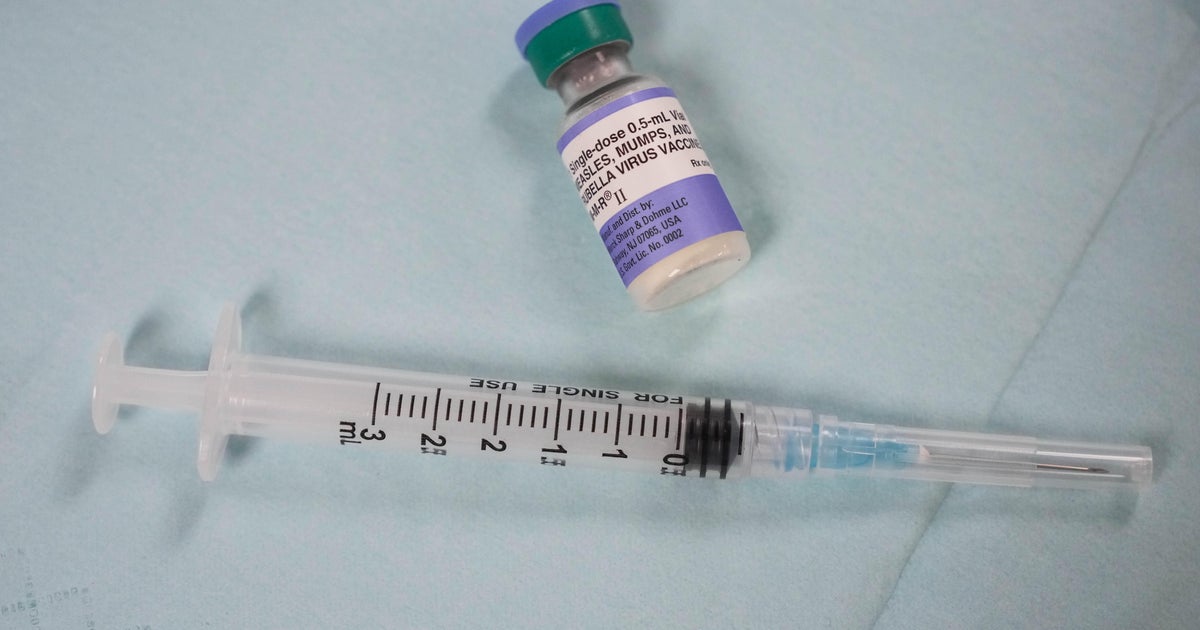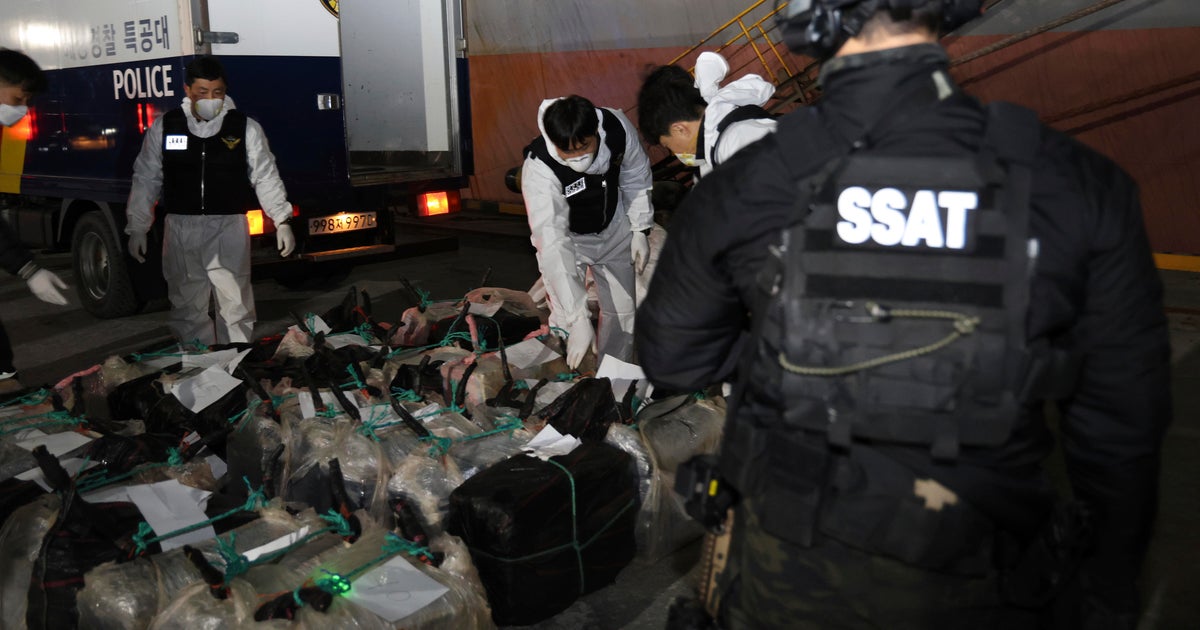With measles cases in more than 20 states across the U.S., doctors and health officials are urging anyone who hasn’t received the MMR vaccine to get vaccinated.
“To be very clear, the number one, number two, number three things we need to be doing are vaccinating kids and others who have not been vaccinated against measles. That is the only way to prevent measles transmission,” Dr. Céline Gounder, CBS News medical contributor and editor-at-large for public health at KFF Health News, said on CBS News 24/7.
“Once somebody is sick with measles, there are limited things we can do, largely ICU kinds of supports, in order to help someone through that illness,” she added.
Measles is highly contagious and can cause serious health complications or death in some cases. Across the United States this year, more than 600 cases have been reported, the most since 2019. Two children have died in Texas, where the largest outbreak has occurred.
Here’s what to know about vaccination against the measles:
The MMR vaccine protects against measles, mumps and rubella, or German measles. It is a live virus vaccine, which means it contains a weakened version of the germs that cause the diseases.
This type of vaccine creates long-lasting immunity, but there are some people who shouldn’t get live virus vaccines, including people who are immunocompromised, health officials say.
Here’s the recommended MMR vaccine schedule:
Amid rising cases of measles in some parts of the country, including West Texas, health officials have issued updated guidance, suggesting children get their first or second doses earlier.
Those recommendations say the following:
For children under 12 months old:
For children over 12 months old who are unvaccinated:
For children over 12 months old who already have one dose:
Adults who did not get vaccinated against measles as a child and don’t have evidence of immunity are urged to get at least one dose of the vaccine. In some cases, including if you are in areas with outbreaks, two doses are recommended.
Additionally, some adults who were vaccinated with the original measles vaccine between 1963 and 1968, may be advised to get a dose of the current vaccine.
“At that point in time, they were using less effective vaccines,” Gounder said in February.
The MMR vaccine usually protects people for life against measles and rubella. Immunity against mumps may decrease over time, the Centers for Disease Control and Protection says.
Possible side effects of the vaccine include soreness where the shot is given, fever and mild rash, but health officials say most people don’t have any side effects.
The first measles vaccine was released for use in 1963. An improved version was then released in 1968. That strain has been used since, but was combined with mumps and rubella in 1971.
Before the vaccine, nearly everyone got measles before the age of 15, and each year, about 400 to 500 people died and roughly 48,000 were hospitalized.




